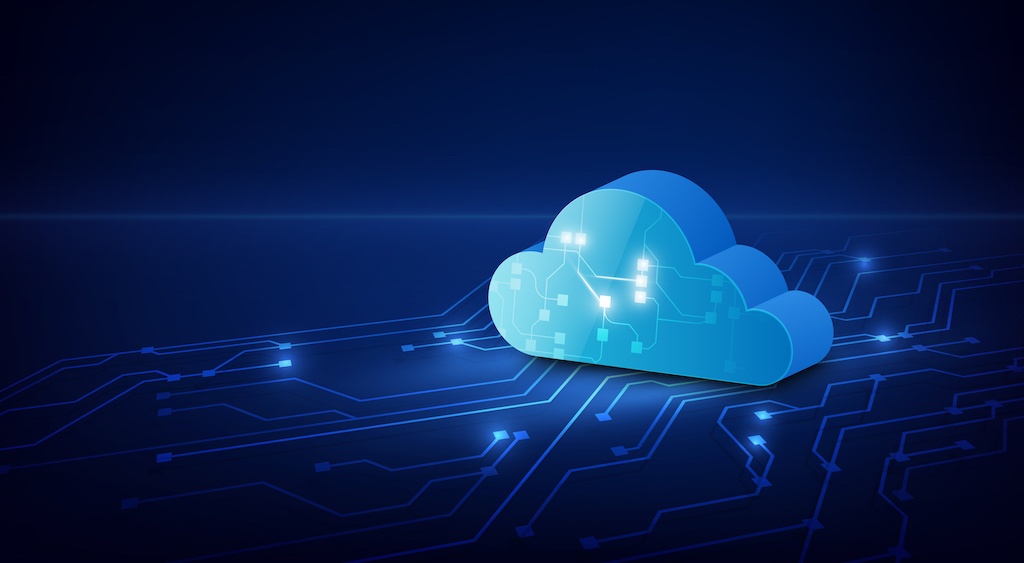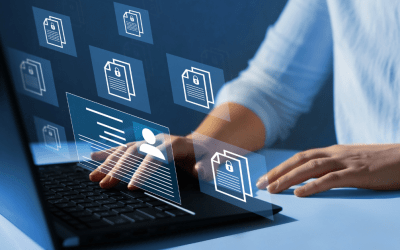Many of us are old enough to remember when cloud computing was considered to be a passing trend. In today’s world, technologies come and go faster than the buzzwords that accompany them. We can be forgiven for predicting that the cloud would face the same fate. However, with its cost savings, greater data availability and redundancy, more and more businesses have moved to the cloud over the last decade. The cloud itself has also evolved from initially being used for back up storage to establishing its own service offerings such as Software-as-a-Service (SaaS), Platform-as-a-Service and Infrastructure-as-a-Service (IaaS).
One persistent concern though around cloud computing is how secure it is, particularly in terms of data security. Professional networking giant LinkedIn saw data associated with 700 million of its users posted on a dark web forum in June 2021, impacting more than 90% of its user base. However, the fact that the Central Intelligence Agency (CIA) of America refers to using the private cloud as “the best decision we’ve ever made” goes a long way in building confidence given the high value data they are responsible for protecting.
With organisations storing sensitive information such as personally identifiable information or credit card data, it is crucial to understand the potential threats the security of your data faces. However, the changing business environment has asked more questions of cloud security.
Designing a robust Cloud Data Protection Strategy is now more important than ever largely because the workforce has moved to the home. The term ‘Zero-Trust’ now carries a heftier sense of urgency as the devices that are logging into your environment are no longer just on your local area network (LAN). Initially it meant denying access to all devices that your business environment didn’t recognise, but with employees logging in from their own devices, applications, and home networks, this is no longer feasible.
The above-mentioned cloud services such as Software-as-a-Service (SaaS) have resulted in large amounts of business-critical data sitting on the cloud. And as previously mentioned, most users will access these services directly from their laptops and mobile phones, not through your company network. This introduces a lack of visibility for your security teams to contend with. The threat surface is now much larger than it was before.
With more and more companies deciding to work from home on a permanent basis, Zero-Trust will have to evolve accordingly. You have devices, users, and networks that you don’t have trust in but need to connect to your private applications without putting your business at undue risk. This is just one example of how the changing times have created new cybersecurity problems that require new cybersecurity solutions. A modern security model is required to deal with today’s problems. A model that takes today’s realities into account.
With data now located off premises and being accessed by employees outside of your network, the natural step forward is to have security controls around your data and your users. Enter “SASE”, Secure Access service Edge (SASE) architecture, pronounced “sassy”. SASE is a combination of network and security services. Both network and security shift to the cloud as services, away from the data center, and closest to the point of data access.
In legacy systems, network traffic would have to be directed to a hardware appliance for security. Now, users connect to the SASE cloud service which enforces security policies allowing for safe access to data and applications. This then also means standalone point products such as firewalls are starting to lose relevance. In what has been termed a ‘Cloud-first’ world by Netskope, what we all have come to know as the network perimeter is quickly disappearing. With users accessing business critical data and applications from outside of your company network, SASE addresses the potential issues that the current business climate may face through delivering the necessary networking and security as cloud-delivered services.
In a sense, SASE follows and protects data wherever it goes. Security is no longer in a central place, but rather it is now wherever it is needed. Where the data is. Where the users are. A SASE architecture identifies users and devices whilst applying policy-based security controls and delivering secure access to the appropriate applications or data. SASE forms the foundation for the evolution of Zero trust network access.
Netskope is a world leader in cloud security and has taken it upon themselves to redefine the global approach to cloud security. John Thompson, Chair of the Microsoft Board attributes the success of Netskope to their dedication to a vision. Netskope takes a data-centric approach to cloud security, following data everywhere it goes. Read here about how a Leading Automotive Company Embraced ‘Cloud-First’ with the Right Security.
About DataGroutIT
DataGroupIT is Africa’s leading Value-Added Distributor (VAD). By partnering with the best selection of established and emerging technology vendors across the globe, we, provide complex solutions for any size business, including Enterprise and SME markets across the African continent.
Our product portfolio offers comprehensive solutions for IT Security, Infrastructure and Enterprise Software.
We are fully committed to our business partners. Channels & vendors success is our #1 mission. Our professional teams across Africa deliver exceptional sales, presale, logistic, marketing and financial support that create the ultimate platform to accelerate our business partners’ success.
Contact Us today to find out more.




